Introduction
Today’s gamers are spoilt for choice. Many are tempted by the high performance of the latest graphics cards on the market, and might be asking themselves whether they should upgrade to the new RTX 4070 Ti or stick with their older RTX 3080.
This article will explore the features and differences of both cards to help you make your own decision about whether upgrading to a newer model is worth it.
Understanding how graphics cards work, what type of technology powers them and what their applicable specifications are is key to helping you make an informed decision when considering a graphics card upgrade. We’ll discuss some of the main points that gamers should consider before making any purchase decisions involving these two popular graphics cards. Finally, we’ll provide our verdict on which card would be more beneficial for certain scenarios in order for gamers to get an idea of which might suit them better depending on their needs.
RTX 4070 Ti Overview
The RTX 4070 Ti is the latest graphics card from NVIDIA and is regarded as the successor of the RTX 3080. It promises improved gaming performance with its Ampere architecture and powerful hardware. The RTX 4070 Ti offers faster performance than its predecessor, along with 10GB of VRAM for intensive gaming.
Let’s take a closer look at what makes this graphics card so powerful and whether it’s worth the upgrade from the RTX 3080.
Specifications
The RTX 4070 Ti is a high-end graphics card from NVIDIA designed to offer the best gaming performance. The card features an 8GB GDDR6 VRAM with 2304 CUDA cores, a 256 bit memory bandwidth, and a boost clock of 1775 MHz. The RTX 4070 Ti has two DisplayPort 1.4 connections and two HDMI 2.1 ports for connecting up to four displays at once.
The card also supports NVIDIA’s G-Sync technology for smooth gameplay on compatible displays. To further improve gaming performance, the RTX 4070 Ti is equipped with ray tracing cores and AI processing cores that allow it to take advantage of advanced effects such as realistic reflections, soft shadows, and improved textures. Additionally, this graphics card supports the use of NVIDIA’s DLSS (Deep Learning Super Sampling) technology which helps improve image quality without an appreciable performance hit when playing in higher resolutions or when using more advanced graphical options in games.
Performance
The RTX 4070 Ti surpasses the RTX 3080 in many areas, with a greater memory bandwidth, Cuda cores and clock speed. This means it delivers significantly better performance for high-end gaming, as well as intensive applications like video editing or 3D rendering.
The RTX 4070 Ti offers improved performance in ray tracing and deep learning operations; this puts it ahead of the RTX 3080 when it comes to certain real-time tasks brought forth by the latest wave of AI technologies.
On top of this, the architecture of its GPU is designed to consume less energy than its predecessor and run at temperatures that seem considerably lower. This is made possible by its superior GDDR6X memory components and a die shrink of 8nm rather than 12nm. All of this beats out the RTX 3080 for efficiency and power consumption by a good margin.
RTX 3080 Overview
The Nvidia RTX 3080 is the latest GPU from Nvidia’s RTX line. It has a staggering increase in performance over the previous RTX 20xx series GPUs due to its 8GB of GDDR6X VRAM, along with its RT and Tensor cores. It delivers 2x the performance and power efficiency of the older RTX 20xx series cards.
In this article we’ll be taking a closer look at the RTX 3080 and how it compares to the RTX 4070Ti.
Specifications
The RTX 3080 is a powerful graphics card that offers performance and features unmatched by other cards on the market. It is powered by the next-generation Ampere architecture and built with NVIDIA’s latest Tensor Cores, RT cores, and GPU cores – all of which are designed to perform better than previous generations of GPUs.
The card features 8GB of GDDR6X memory to provide high bandwidth for demanding games, creative applications, and deep learning platforms. In addition, it has HDMI 2.1 support so you can take advantage of the latest 8K displays. With a boost clock of 1800 MHz, the RTX 3080 can deliver more than double the performance over its predecessor – the RTX 2080 Ti – in both gaming and compute tasks such as ray tracing. Additionally, its 10 GB Memory Bus allows it to render complex scenes in real-time with ultra-smooth rendering capabilities. Finally, with an increased thermal design power (TDP) rating of 320W, this is one of the most powerful cards on the market today.
Performance
The RTX 3080 has seen a massive improvement in performance. It is based on the 8 nm Ampere architecture and has 10,496 CUDA cores, capable of 20 GigaRays/s of ray-tracing in addition to its 1.71 GHz boost clock speed and 32GB of GDDR6X VRAM with a 19 Gbps memory speed.
In terms of gaming performance, the RTX 3080 delivers a huge uplift over the RTX 2080 Ti, particularly in ultra-high resolutions like 4K and 8K. In most popular games it’s possible to achieve up to 100% more frames compared with the previous gen Graphics card from Nvidia. Even with lower resolutions, you can still expect more than double frames per second compared to less powerful GPUs like the GTX 960.
The extra VRAM provided by this card also increases game stability and performance; especially for those who play at higher settings and resolution or stream at larger resolutions such as 4Kp60 or 1080p240. Additionally, GPU accelerated features such as DLSS (deep learning super sampling) offer improved visuals for some titles without sacrificing overall FPS performance too drastically.
Overall, it’s safe to say that when it comes to gaming, the RTX 3080 is a top performer capable of offering smooth gameplay at ultra-high resolutions with good visual quality.
Comparison
With the release of the RTX 4070 Ti and the RTX 3080, many gamers are wondering if it’s worth it to upgrade their current graphics card. To help you decide whether you should upgrade or not, we’ll be taking a closer look at the two cards, comparing their specs and performance. We’ll be examining their differences and similarities, as well as the cost associated with upgrading and the potential gains you might get in terms of performance.
Performance
The RTX 3080 out performed the RTX 4070 Ti in several areas, most notably performance. This makes it an attractive option for those looking to experience a substantial increase in gaming performance or access to features such as ray tracing or DLSS.
The RTX 3080 is generally able to achieve faster frame rates, as well as improved visuals and effects due to its higher core and memory clock speed capabilities. The higher core clock speed can also lead to faster computing performance, allowing for better multitasking and more accurate and efficient machine learning models.
When comparing the two GPUs on various benchmarks, the RTX 3080 comes out ahead in both 3DMark Time Spy Direct X 12 tests and UL 3DMark Port Royale tests when tested at 1080p resolution. At 1440p resolution in both benchmarks, the results were comparable but not quite as dramatic as at 1080p resolution. Finally, when tested at 4K resolution, the results were again comparable with a slight advantage going to the RTX 3080.
Overall, if you’re looking for an upgrade that will bring significant improvements in gaming or computing performances, then the RTX 3080 should be your first choice over the RTX 4070 Ti.
Price
The most obvious difference between the two models is their respective prices. The RTX 4070 Ti costs around $1340, while the RTX 3080 costs about $689. This makes it more than twice as expensive, and places it within enthusiast-level category of graphics cards.
However, it does offer a significant performance boost over the RTX 3080 for heavy gaming and intensive graphic rendering. Also, if you are looking to build a high-end gaming PC from scratch, the RTX 4070 Ti will be a better option in terms of cost/performance as compared to an entire system with an RTX 3080 which will most certainly have higher total cost overall.
Conclusion
Overall, the RTX 4070 Ti provides a performance jump up from the preceding RTX 3080. This card provides many great features such as 8 GB of GDDR6 VRAM, advanced cooling technology and 13 Streaming Multiprocessors (SM). The RTX 4070 Ti offers lightening-fast speeds and increased ray tracing capabilities with Samsung’s new enhanced Infinity Cache.
Ultimately, if you’re looking for the best gaming experience the savings of upgrading to the RTX 4070 Ti will make it worth the purchase. In comparison to its predecessor, this card offers improved performance in games and VR experiences that are sure to provide hours of entertainment.
With all these great technology at your disposal—the choice should be easy: upgrade now or regret it later!


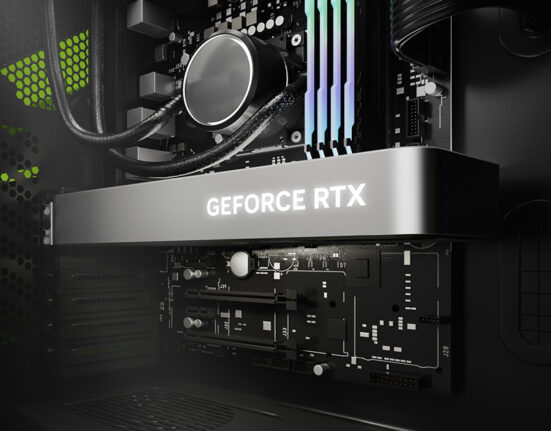

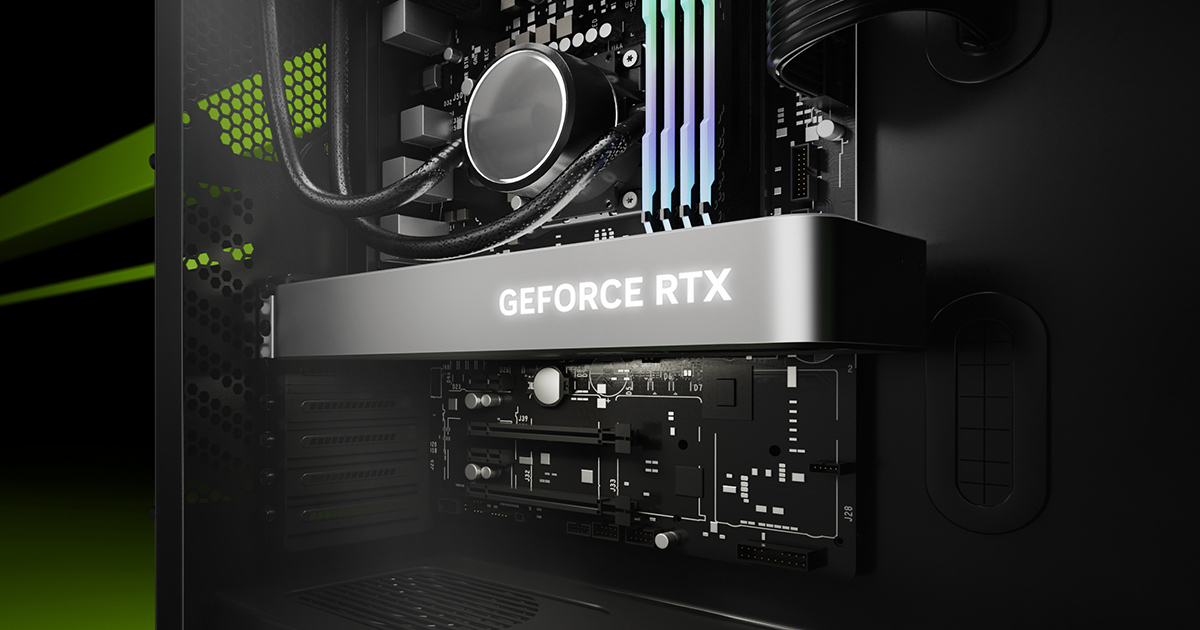


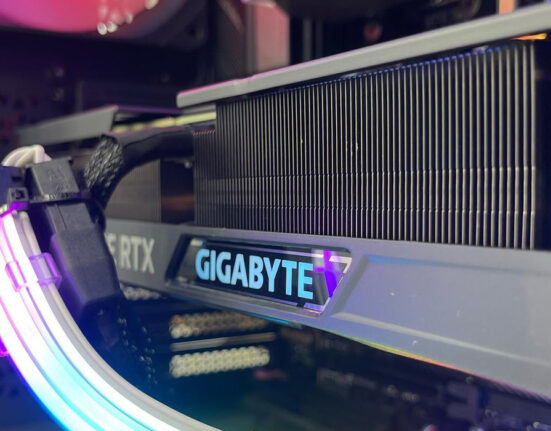
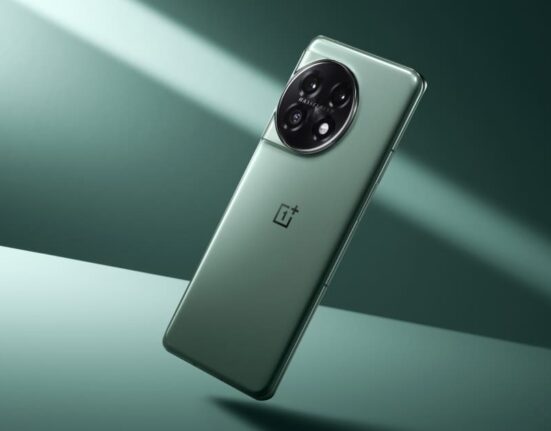
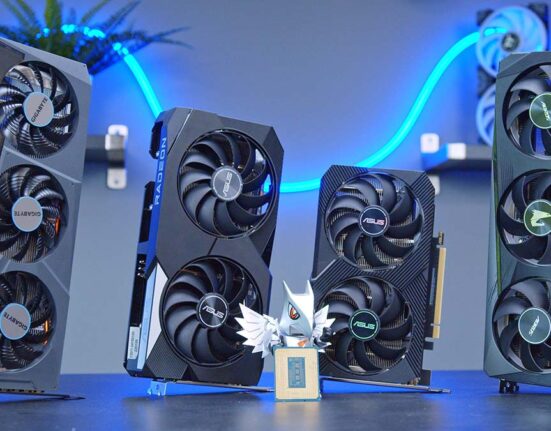

Leave feedback about this